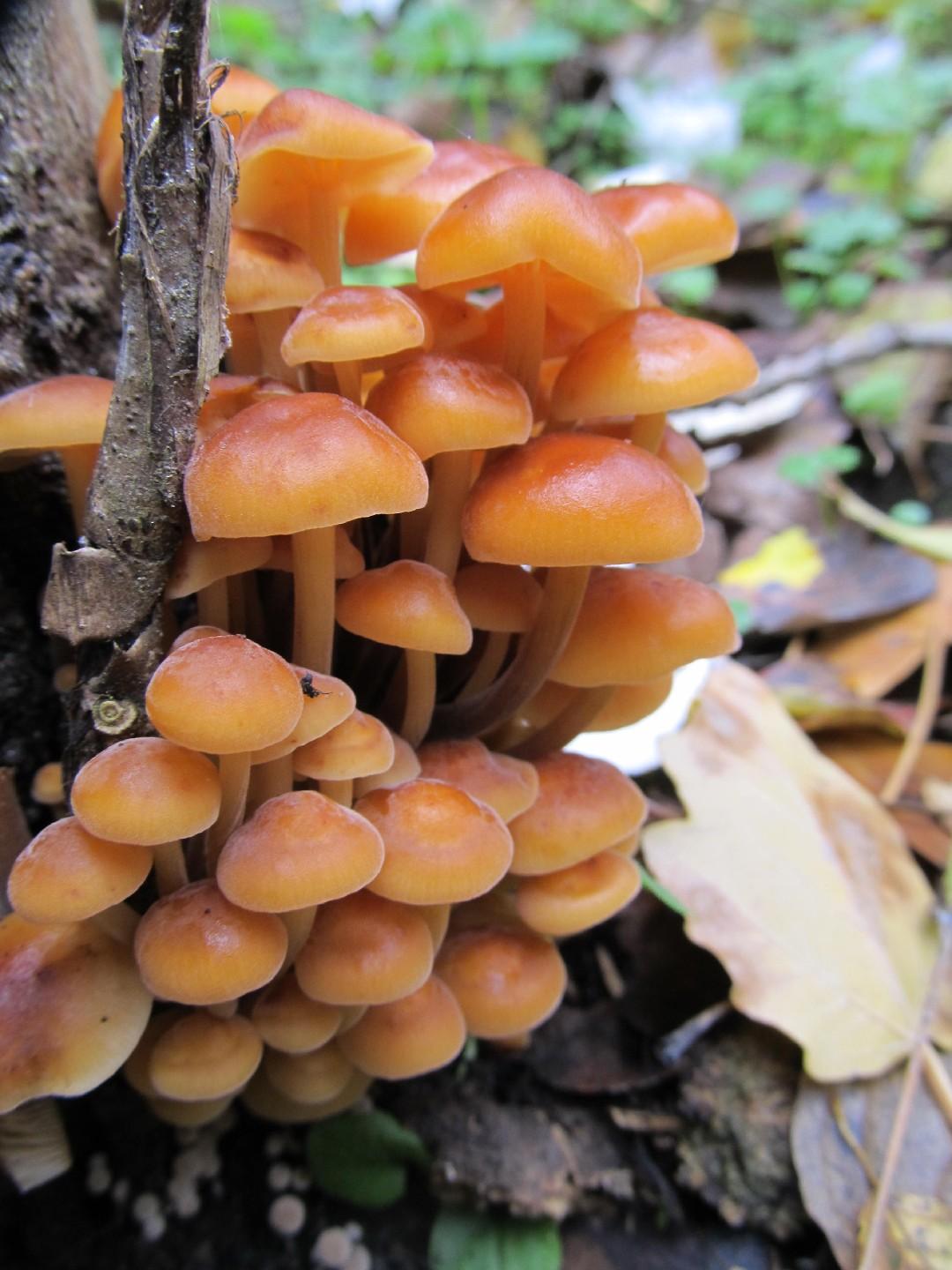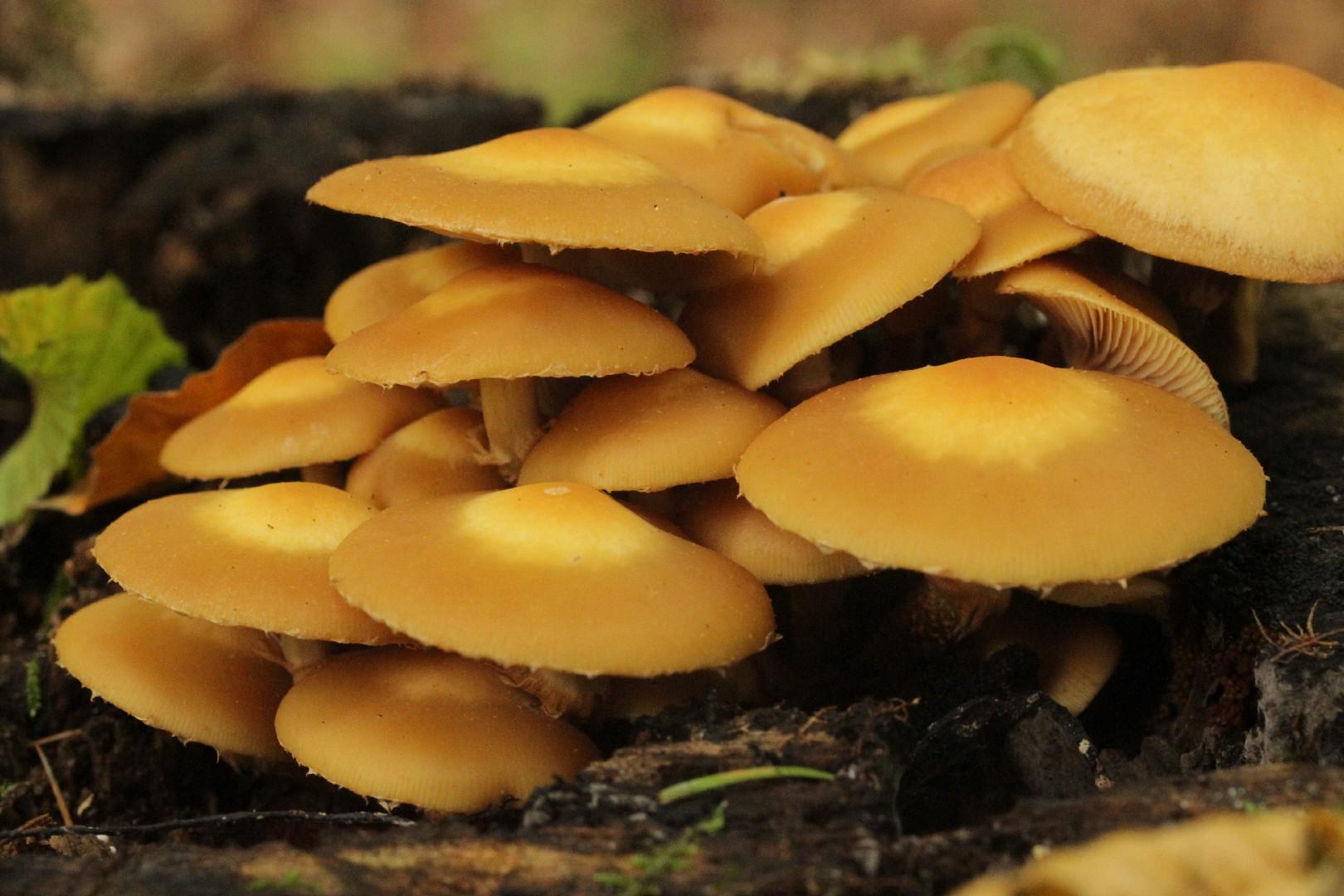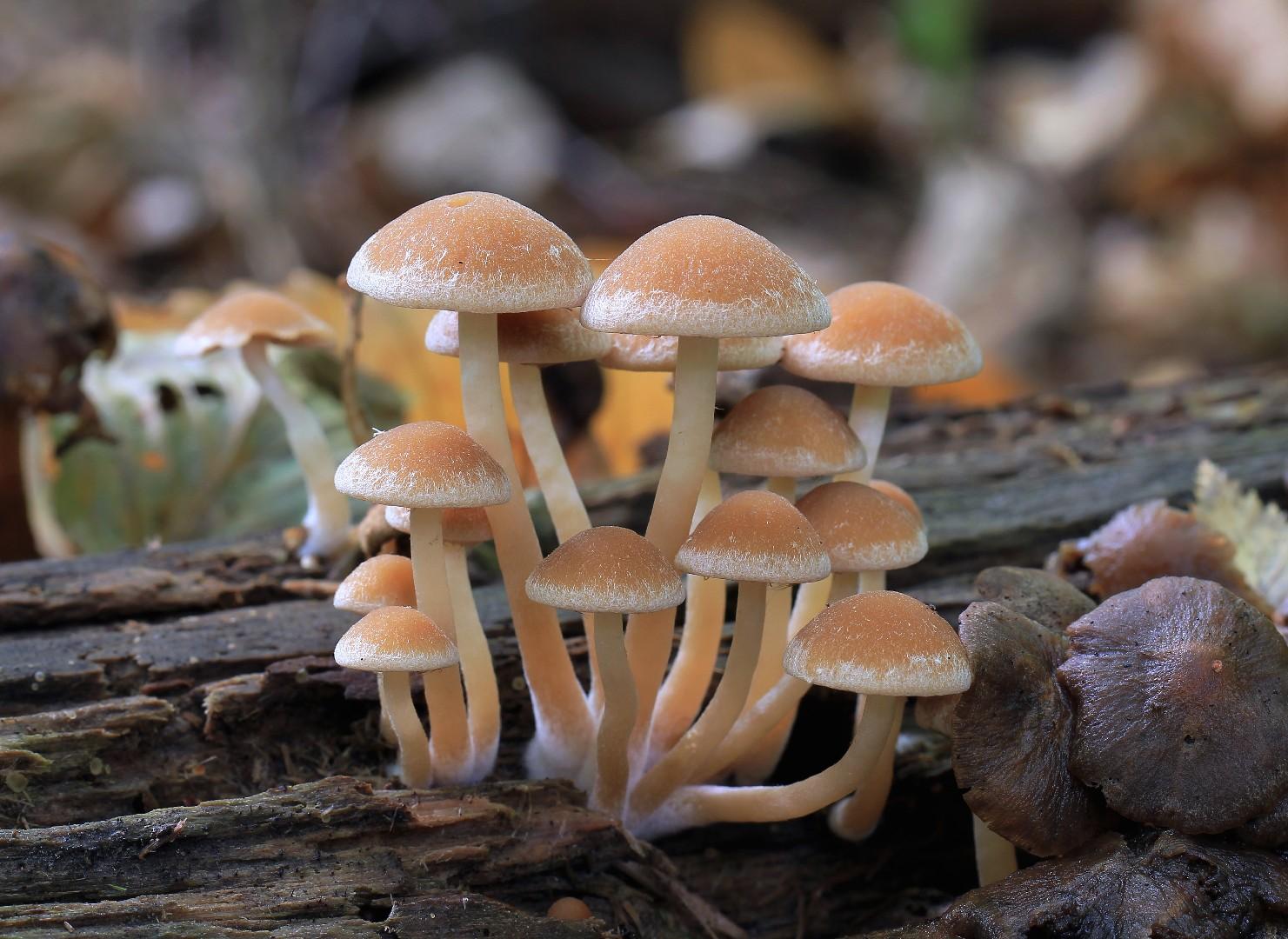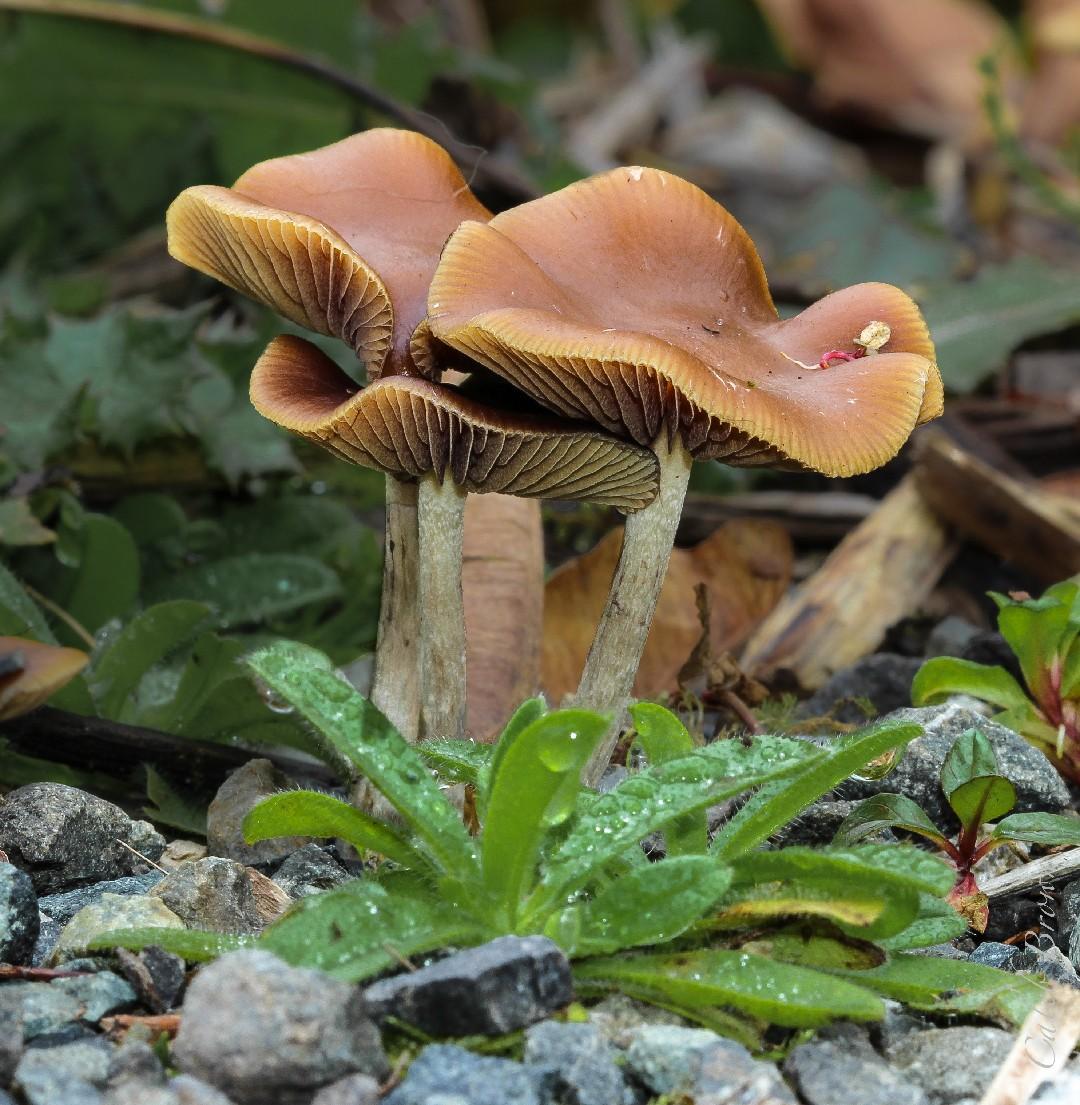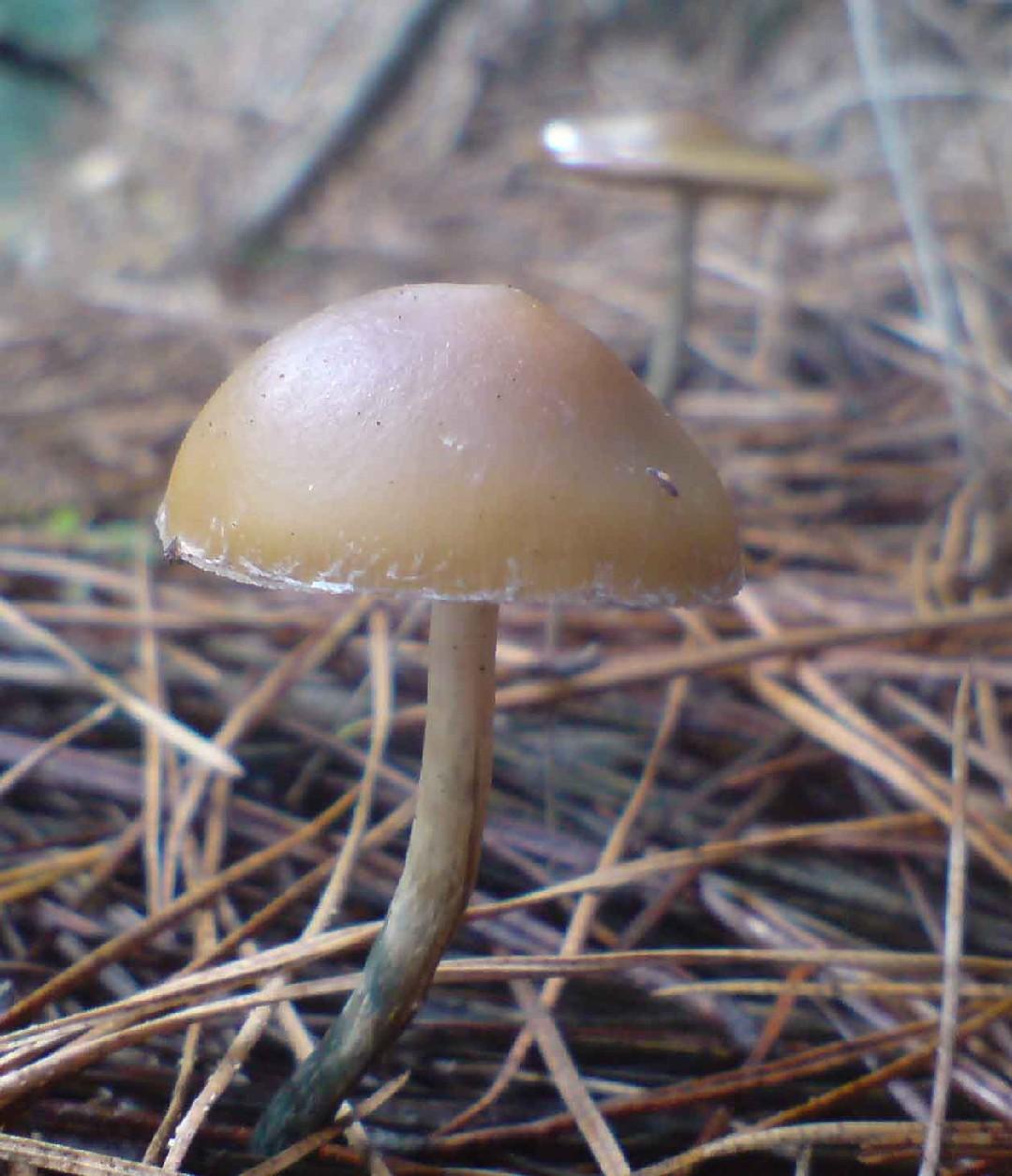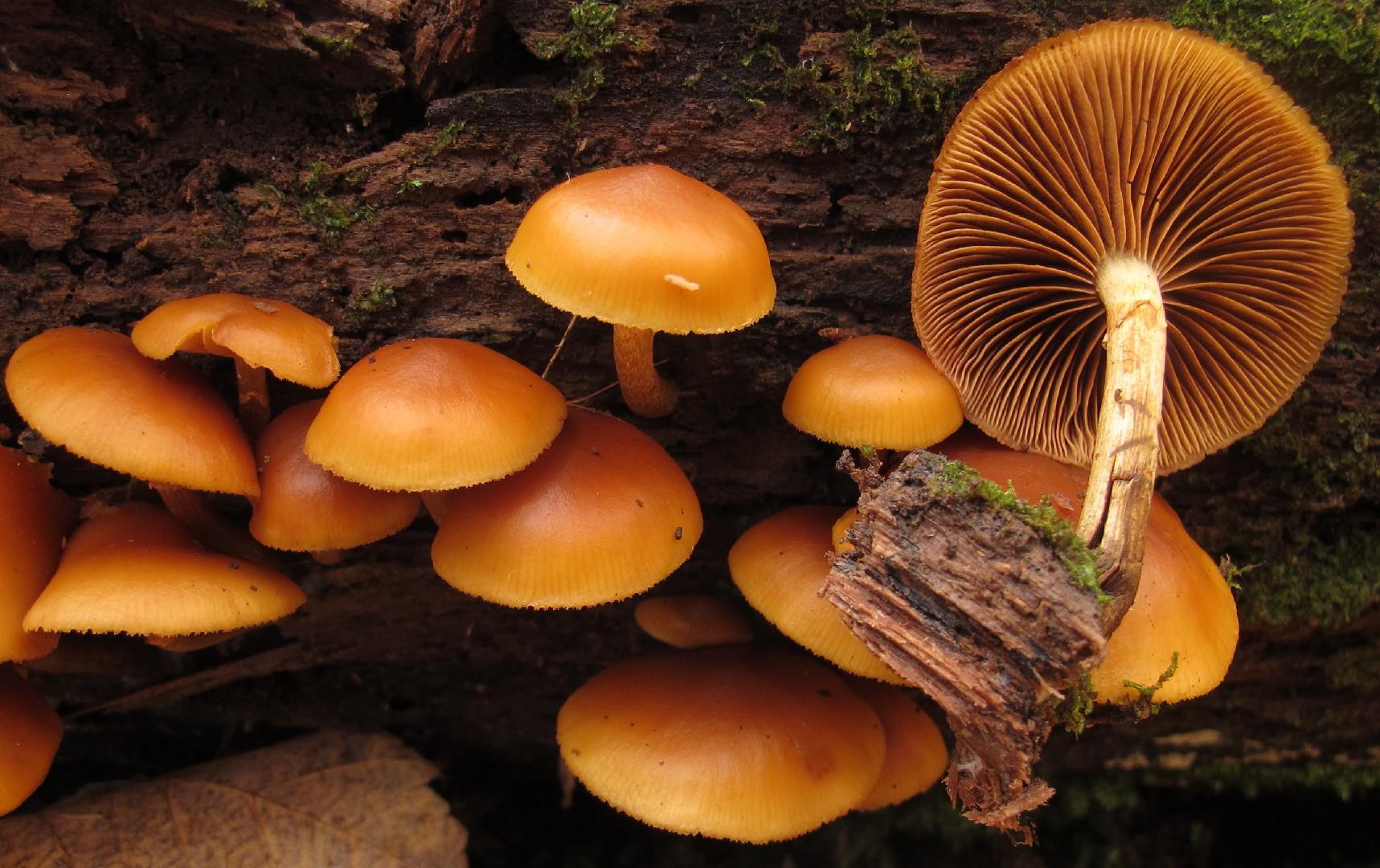

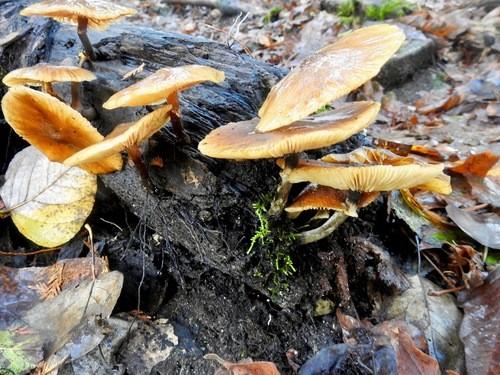
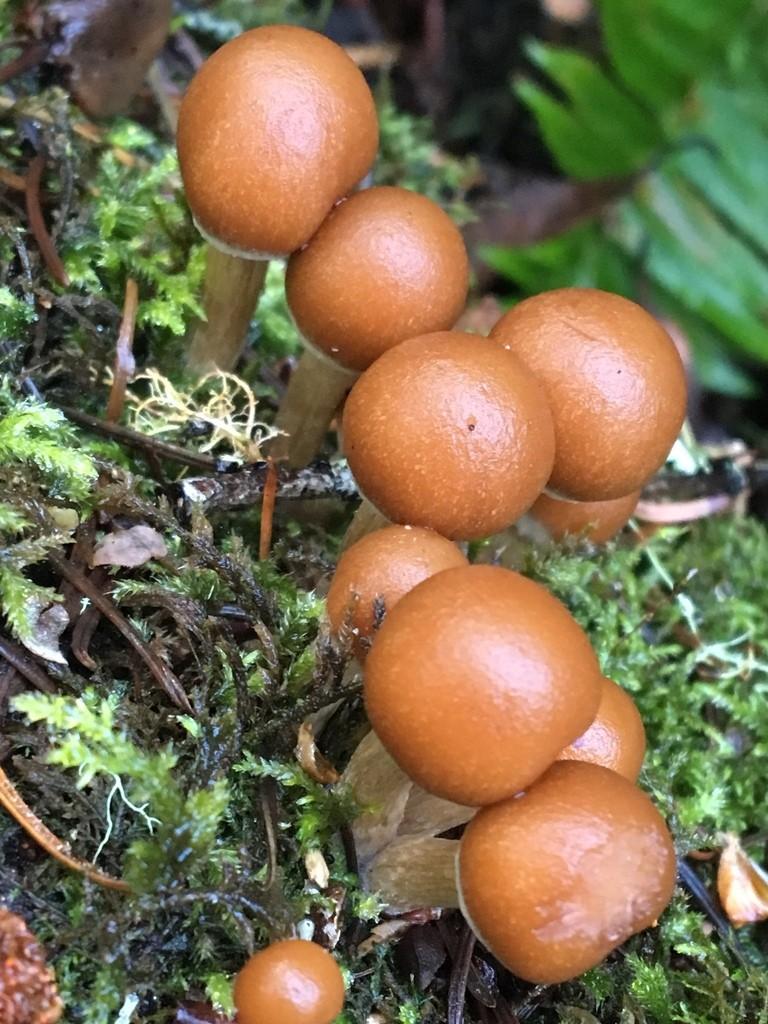
Funeral bell
Galerina marginata
A species of Galerina. Also known as Autumn skullcap, Marginate pholiota.
Across the Northern Hemisphere, the deadly funeral bell mushroom is found growing on woody debris, stumps, and logs of both deciduous and coniferous trees. This highly poisonous fungus has been linked to at least one documented fatality, primarily due to its striking resemblance to edible mushroom varieties.
Attributes of Funeral bell
Scientific Classification of Funeral bell
Toxicity and Edibility of Funeral bell
Is Funeral bell Toxic?
Typically thriving in moist, decaying timber from autumn through early winter, the Funeral Bell mushroom poses significant health risks if consumed. Initial reactions to ingestion may manifest as nausea, abdominal cramps, and lightheadedness, potentially progressing to severe liver impairment and cardiac arrest. This mushroom is characterized by its brown cap and stem, along with its distinctive gill structure, and it is strongly advised against consumption.
Is Funeral bell Toxic to Dogs?
Funeral bell can be dangerous to dogs. If your pet has consumed this mushroom, seek immediate veterinary attention. Symptoms may vary, but early intervention is crucial for the best outcome.
